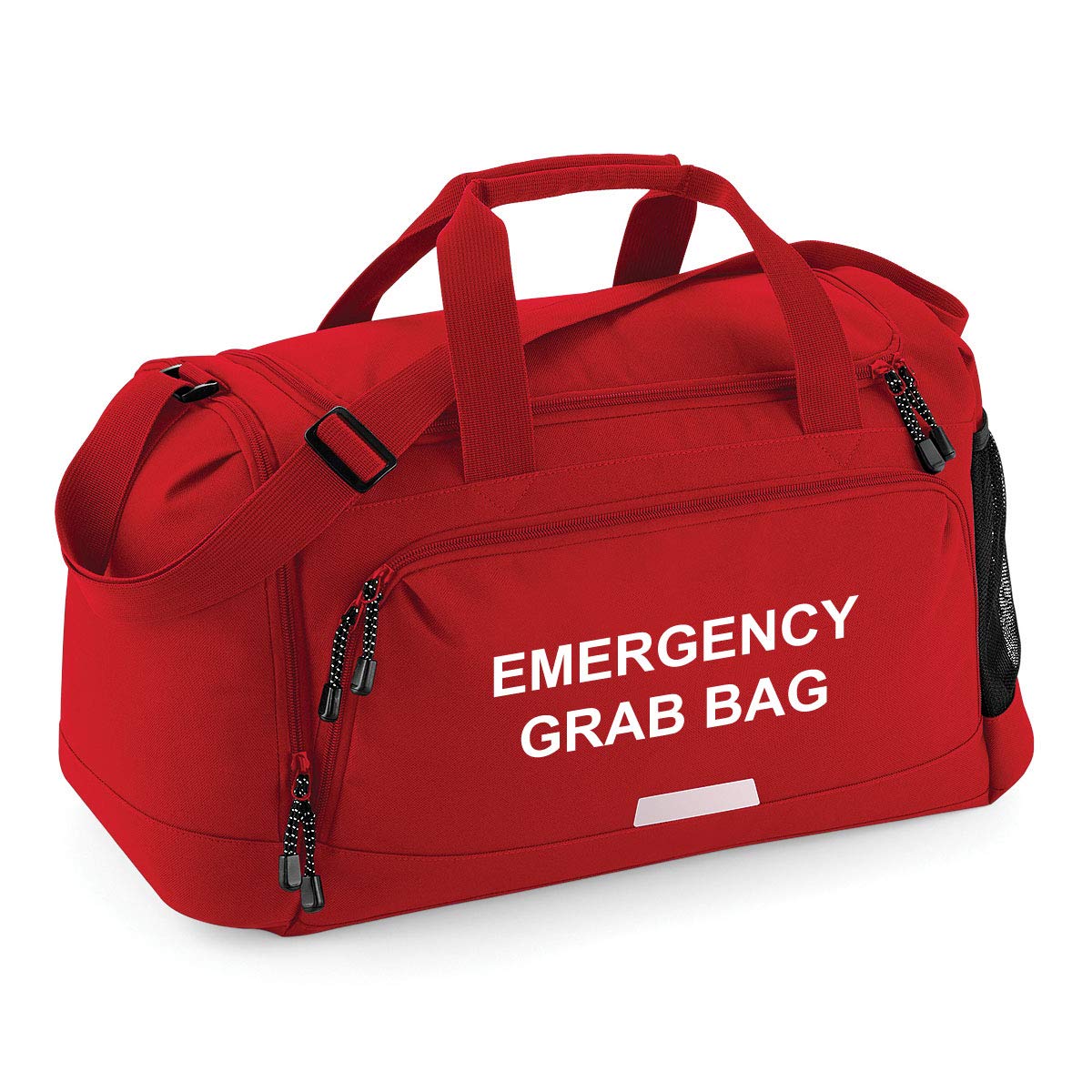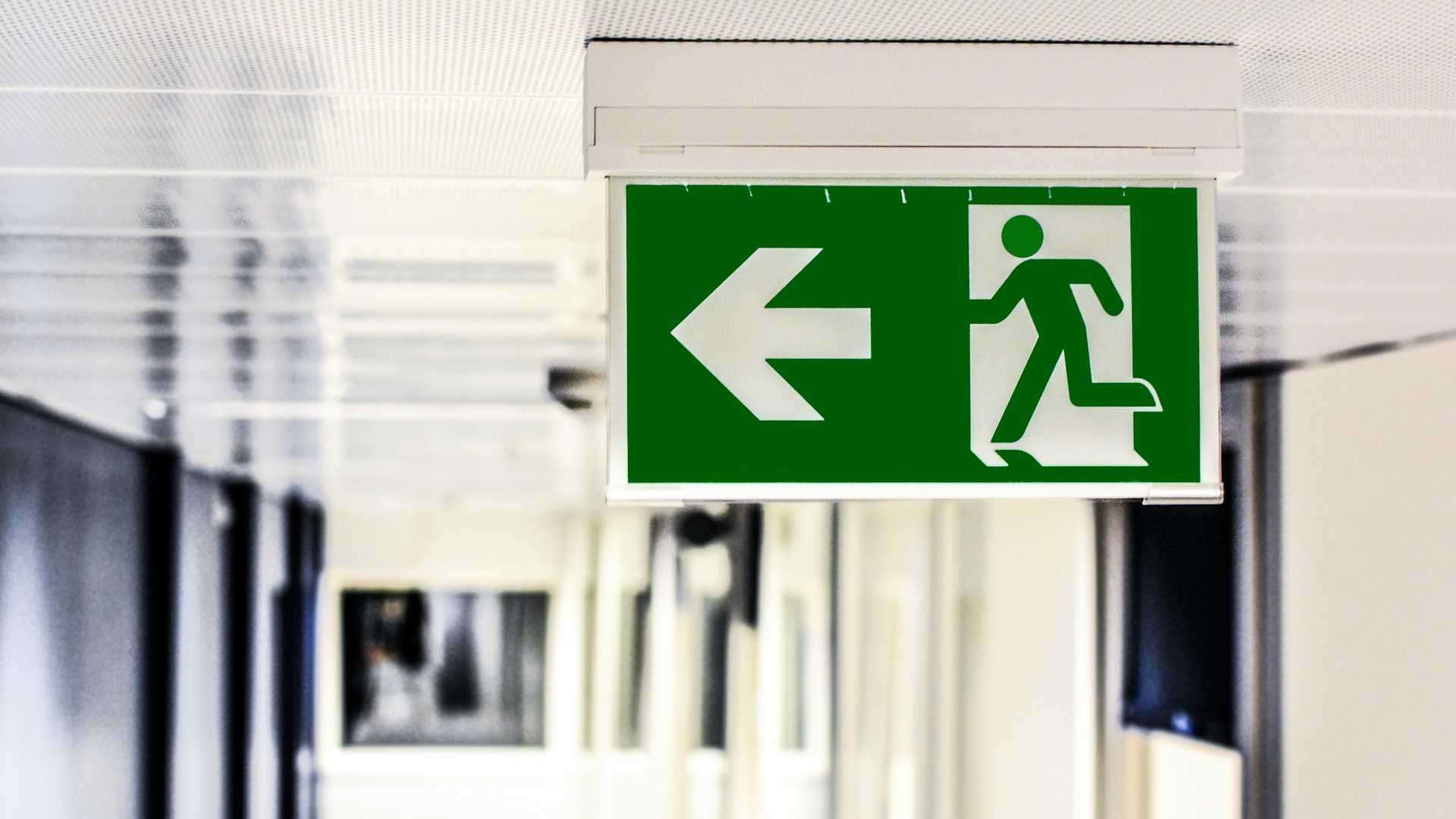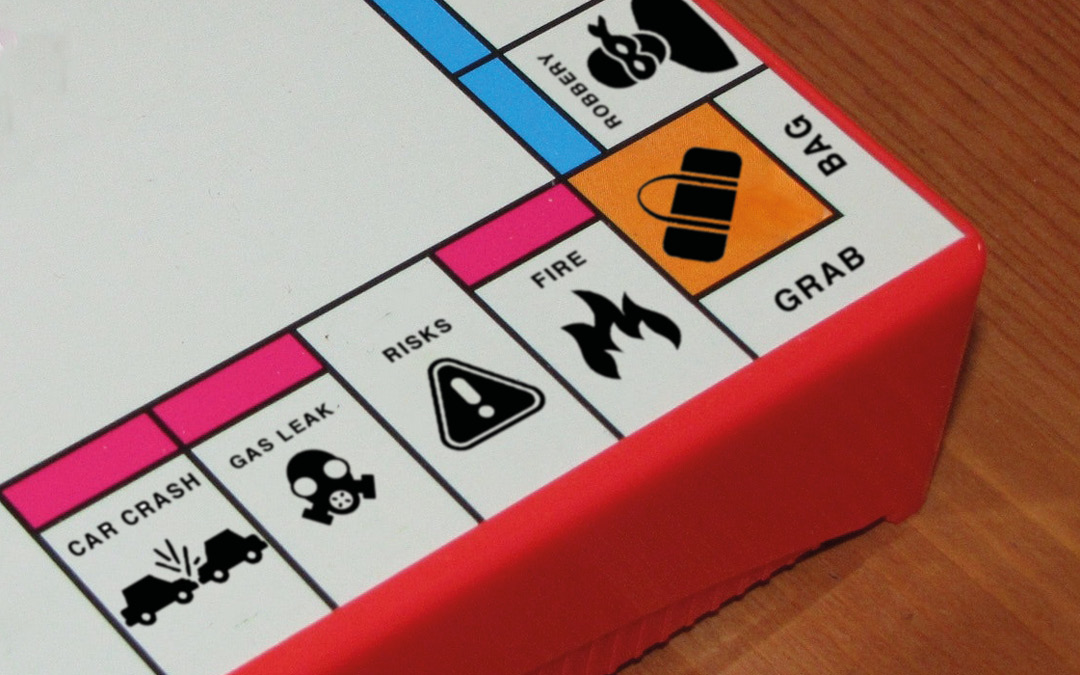UK adults are not prepared for an emergency. Are you one of them?
A recent British Red Cross survey found 26% of UK adults believe, during their life, they’ll be affected by a major emergency. But over 70% said no one in their household has prepared for the possibility.
UK councils, police forces and fire services’ national campaign 30days30waysUK for September has come to an end, tackling those people who are entirely unprepared. Its main aim is to build awareness and encourage proactivity against power cuts, water main bursts, gas leaks, fires, transport strikes, road closures which can happen every day.
So, in aid of preparedness month ending we’ve done some of our own research and created this document as a roundup of what we’ve learned from the campaign, to help further improve understanding of preparing for emergencies in homes and businesses.
What risks should you plan for?
Threats ranging from extreme weather, flooding to the more modern risk of cyber-crime can have a big impact on people, their properties as well as, UK transport, utilities, communications and financial services.
Being prepared for major incidents, where emergency services and a regional or national emergency plan are required, is also important.
GOV.UK recommends these resources for improved risk awareness:
- Be Weather Ready.
- Keep up to date with weather warnings and forecasts.
- Sign up for Environmental Agency
- Read the Local Resilience Forum for your area.
- Download the British Red Cross free Emergency App for alerts and information.
- Check the National Risk Register and the National Business Resilience Planning Assumptions.
Prepare Yourself for Emergencies
The first rule is to always listen to the emergency services and follow their instructions, but there are preparative steps you can take before emergencies happen.
- First aid saves lives, the British Red Cross offers first aid training courses around the UK and online.
- Keep a list of numbers you’d need in a crisis, including loved ones and emergency services. There should be a paper copy if you can’t use your mobile phone.
- Write down a plan of action:
- What to take if you must leave your home quickly, consider a Grab Bag.
- A meeting place for you, your friends and family.
- How older or vulnerable neighbours might require help.
- How to protect your pets.
- Where to go and how to get there if you can’t stay home.
- Know how to turn off utilities i.e. electricity, gas and water.
- Choose a contact outside your local area for emergencies. Your family should all call the same person.
- Make sure you have suitable home insurance.
What is a Grab Bag and what to include?
A Grab Bag, also known as a Grab-and-Go, Go Bag or Bug-Out Bag (BOB) should contain the essential items for any emergency, where you cannot stay at home.
The items may change seasonally and will be dependent on your household’s needs. It should be checked regularly to ensure perishable items, information and insurance are in date.
Staffordshire Prepared recommends a Grab Bag should include:
- A copy of your action plan.
- The list of vital phone numbers.
- House and car keys.
- Mobile phone and chargers.
- Wallet/purse, money and bank cards.
- Glasses/contact lenses.
- Personal documents i.e. passport and driving license, stored in a waterproof bag.
- Medication and copies of prescriptions.
- Childcare essentials such as nappies and food.
They also have advice for pets in an emergency. As well as, more detailed advice on Grab Bags and staying at home.

Emergency Preparedness in the Workplace
The Health and Safety Executive (HSE) estimates a £14.3 billion annual expenditure on employee injuries and ill health. Employees health and safety, including workplace preparedness, needs to be taken seriously. The threat of serious injuries, explosions, flood, poisoning, electrocution, fire, radioactivity and chemical spills means every business should have an emergency plan.
Quick, effective action can mitigate the emergency, employees are more likely to respond reliably if:
- They are well trained and competent.
- They take part in regular and realistic practice.
- They have clear plans, actions and responsibilities.
The four main elements of emergency management are:
- Prevention: Procedures that minimise the risk of emergencies occurring.
- Preparation: Activities that ensure your business is prepared to respond effectively.
- Response: Know how to act in an emergency.
- Recovery: Actions to ensure normal business can resume.
What should an emergency response plan contain?
- Consider the likelihood of all emergencies and how the alarm might be raised.
- Think about night, shift and weekend workers as well as when the site will be closed.
- It should be a written policy, available to all staff and updated regularly to accommodate changes in staff size, premises or facility operations, to name a few examples.
- Plan the emergency responses for instance alarm and notification systems.
- Marking the direction to your premises, from the road helps emergency services.
- Display the location of any hazardous items. If you have 25 tonnes or more of dangerous substances, you must notify the Fire and Rescue service and put up warning signs.
- Emergency notification could be a public address system, phone or text messages. All employees must be notified. Think about employees with disabilities, those who don’t speak English and employees in different locations.
- Design site-specific emergency responses considering operations and services.
- This must include suitable emergency lighting, rescue equipment and unobstructed, clearly marked emergency exits.
- BGB’s security solutions are designed and installed to suit every individual site and can help in creating emergency response plans. In an emergency, their solutions will keep your staff secure whether they remain inside the building or are required to exit, reducing risk of injury and property damage.
- Create a command structure with emergency roles and responsibilities.
- Employees managing health and safety should be competent, with the required knowledge and experience.
- There should be back up for everyone in the chain of command, in case of absence or injury.
- An incident controller, technical site-specific information support and first aiders are key.
- Employees responsible for shutting down power should be trained and knowledgeable on all site machinery and operations.
- ARK’s Manned Guarding can be integrated into an emergency response plan and the command chain. All officers are trained to respond efficiently to a range of emergencies including water leaks and damage, fire and electrical hazards. Introducing guarding into your emergency plan will reduce the burden on staff and ensure the chain of command runs smoothly.
- Form evacuation and assembly procedures including employee meeting points.
- Staff should be trained for all evacuation and assembly procedures. Consider how employees with mobility issues or disabilities may require assistance.
- Always take a headcount and alert emergency services of any staff who could still be in danger.
- Account for non-staff members on the premises.
- Have contact lists for employee’s family, friends and emergency services.
- Provide fire safety training for all employees.
- Businesses must comply with the Regulatory Reform (Fire Safety) Order 2005.
- Regular risk assessments are required to identify fire hazards and take necessary precautions.
- Keep an up to date record of all staff training.
- Cannon provide fire suppression solutions, fire extinguishers and fire sprinkler systems, protecting businesses and preserving their valuable assets in an emergency.
- Maintain a resources list:
- Which resources each employee has responsibility for?
- What needs to be taken from the building in an emergency i.e. important information or equipment?
- Keep in mind, the type of emergency may warrant different resources.
Where the site is shared with another employer, consider coordinating emergency plans.
Business operations should not resume until the emergency has been dealt with. The emergency services can help.
Always test the plan by holding simulations and drill exercises.
Review the plan regularly and make any required alterations.
Consider a Grab Bag policy, if employees can’t go home in an emergency.

First Aid in the Workplace
The Health and Safety (First-Aid) Regulations 1981 applies to all workplaces. Employers don’t have to provide first aid provisions for non-employees, but the HSE strongly recommends they are included in the assessment of first aid requirement.
The risk assessment for first aid should consider hazards, organization size and any other relevant factors to ensure compliance and safety. It should be updated with any significant changes to the business.
The minimum first aid provision for any workplace is:
- A well-stocked and maintained first aid kit. Medication should not be kept in the first aid kit and must be safely stored separately.
- A trained first aider.
- Clearly visible first aid information for employees.
Some workplace environments will require extra provisions to comply with safety legislation e.g. kitchens require blue plasters as they are more visible.
Defibrillators are not required to comply with the Health and Safety (First-Aid) Regulations 1981. But, if the assessment identifies a need for one, although they include clear instructions, the HSE recommends your staff be fully trained to use it.
Visit the NHS website for advice on urgent and emergency care.

The Law
Legislation for workplace emergency procedures includes but is not limited to:
- The Health and Safety at Work Act 1974 – It gives employers a legal duty, as reasonably practicable to ensure the health, safety, and welfare of employees and others.
- The Management of Health and Safety at Work Regulations 1999 – Employers must assess and manage risks to their employees and others, including planning and training for emergencies.
- The Dangerous Substances (Notification and Marking of Sites) Regulations 1990 -The notification and marking of sites that store dangerous substances or ‘relevant ammonium nitrate mixtures.’
- The Regulatory Reform (Fire Safety) Order 2005 – Businesses’ fire safety procedures are to government standards, without that, employers face fine or imprisonment for putting staff and workplace at risk.
- The Health and Safety (First-Aid) Regulations 1981 – Employers must supply appropriate equipment, facilities and personnel to ensure employees are given the required attention if they are injured or ill at work.
- The Control of Major Accident Hazards Regulations 2015 – Prevent and mitigate the effects of major accidents to people and the environment involving dangerous substances. It requires a Major Accident Prevention Policy (MAPP) stating commitment to high standards of hazard control.
You can find industry-specific legislation listed and explained on the HSE website.
GOV.UK recommends these for workplace emergency planning:
- Make sure you have suitable insurance, the Association of British Insurers provides helpful information.
- Complete the 10 Minute Plan on the Business Emergency Resilience Group website
- Use the Dummies Guide to Business Continuity to think through potential business disruptions and how to deal with them.
- Collate a ‘battle box’ with all important documents and items relevant to your business.
- Consider requirements for cyber threats
- Complete a free Business Resilience Health Check to help you understand how to make your company more resilient.
About APG
The Asset Protection Group comprises a group of Fire & Security companies with shared ownership and one common goal, protecting your most important assets. As a collective group, we look to offer protection to your assets to assist you with your ongoing success within your own business.

